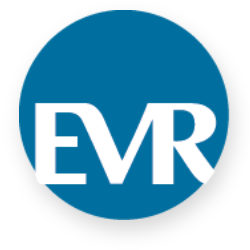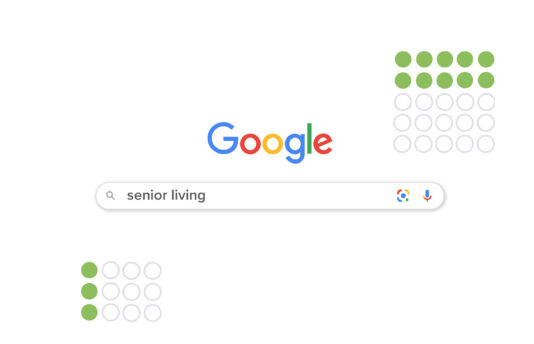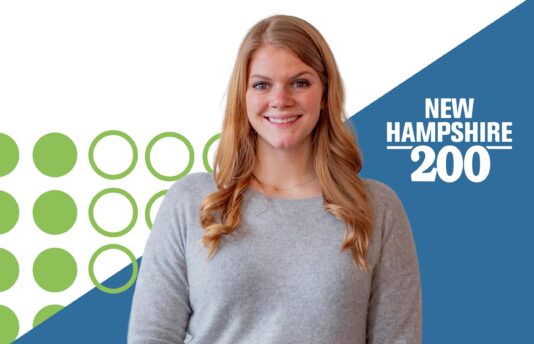Over the last decade, marketers have embraced the boom of digital media and let traditional media take a back seat. However, it appears the pendulum is swinging back toward traditional, as a 2022 study showed that marketers predicted traditional spend to increase as much as 2.9% in the following year. And for good reason…
The Best Partnerships Yield the Best Results
To yield a more impactful customer experience, companies are best served through an omnichannel approach. This refers to the seamless integration of online and offline touchpoints that reach consumers at each stage of the sales funnel. If you fail to think about media in a new way and don’t understand how the various media in this new mix work together, you risk missing the full potential of how far your audience can reach. Careful consideration and successful mixing of campaign channels is essential. An inbound marketing agency can show you how each channel offers its own unique benefit to achieve the type of engagement you are seeking.
The effectiveness of the media mix—the partnership of traditional with digital—depends on multiple factors. Each campaign should be treated differently, but the factors below should always play an important role in determining the channels deployed:
- Audience demographics
- Product or service
- Geographic location(s) of your target
- Niche markets
- Campaign budget
- Campaign type (brand awareness or call to action)
- Campaign goals
- Desired conversion type
The Important Role of Traditional Media
Brands and consumer perceptions are established over time, so the purchase decision requires focused messages for all levels of the buying process. When entering the sales funnel, many consumers may not be in a position to make a decision or even be ready for a two-way conversation.
With their widespread distribution and extensive impressions, traditional channels are well served to deliver these invitations to first meet the brand. Only after this awareness has been established comes the time to pair traditional marketing efforts with a more two-way conversation approach to help guide the customer to a decision and, ultimately, an action.
For the most part, traditional ads are purchased directly from the media outlet, making them more trustworthy than digital or social ads, which tend to be purchased programmatically. And there is a much smaller chance of personal data being accessed from a traditional channel versus a digital channel.
The Proof Is in the Numbers
With a growing number of ways to consume “traditional” media, it is no wonder consumption times continue to rise. And with the vast quantity of traditional channels available, the sheer number of engagements per channel is hard to ignore. For example, there are over 300 million people who use over-the-top (OTT) streaming video services.
A 2023 study found that Americans spend a daily average of two hours and 33 minutes watching television. Meanwhile, OTT video service usage surged during the pandemic and will continue to increase in popularity as people substitute TV with digital video alternatives—most of which will continue to be viewed in the living room.
According to a 2022 study done by eMarketer, 55% of total audio time will be spent on digital platforms. The remaining 45% will be spent on traditional radio. This includes services such as Pandora, Spotify and podcasts, but also accounts for listenership of terrestrial radio stations that are streamed on smart speakers, mobile phones, tablets, notebooks or desktops.
In terms of reach, radio leads all other platforms, with 92% of all adult consumers tuning in. U.S. consumers still listen to 102 minutes of AM/FM radio per day.
- Over 70% of adults listen to digital audio, which includes Spotify, Pandora, Amazon Music, Apple Music and podcasts. Approximately 25% of adults listen to Spotify alone.
- The top radio formats are country, news/talk and adult contemporary.
While TV and radio remain effective media to reach all age groups, print has evolved into a medium more applicable to niche markets. Keep in mind that people still engage with print because it gives them a tangible break from their online activity. In fact, according to Nielsen Scarborough research, 48% of adults still prefer reading traditional newspapers. However, with the remaining 52% preferring either digital or a combination of print and digital, it’s important to factor these considerations into your media mix. And if you do decide to advertise in a print-digital hybrid, it’s important to include a URL or QR code, since they are either clickable or scannable.
On the Other Side of the Coin
While many are happy to see traditional spend ramping up, one has to acknowledge the confusion regarding the defining lines of traditional and digital. For example, is it traditional or digital when we watch TV on Hulu, read newspapers on an iPad or listen to the radio on a phone? As media planners for full-service marketing agencies, we still use the “traditional” and “digital” terminology largely because the market still talks in this lexicon. But the reality is that we have moved on to thinking about channels in terms of the strategies and messaging we are planning.
What we typically refer to as “traditional” might be better defined as those channels that deliver one-way communication, like radio, billboard, TV and print. And what we typically refer to as “digital” might be channels that encourage two-way conversations and invite engagement. The term “tradigital” is used when referring to traditional media that now offers digital components—for example, print publications offering digital editions and web banners. Digital audio, OTT or the mobile app affiliated with a local TV station would also be considered “tradigital.”
Working Out a Successful Media Mix
Campaigns need to be adaptable and strategically integrate both digital and traditional channels. An omnichannel approach allows brands to break through the clutter to remain relevant and competitive in a crowded market. Not sure where to start? A full-service marketing agency can help you create the right mix.
Bottom line: The right mix of digital and traditional advertising allows for exposure across various channels and the opportunity to reach your current and potential consumers, whatever their media consumption habits may be.











